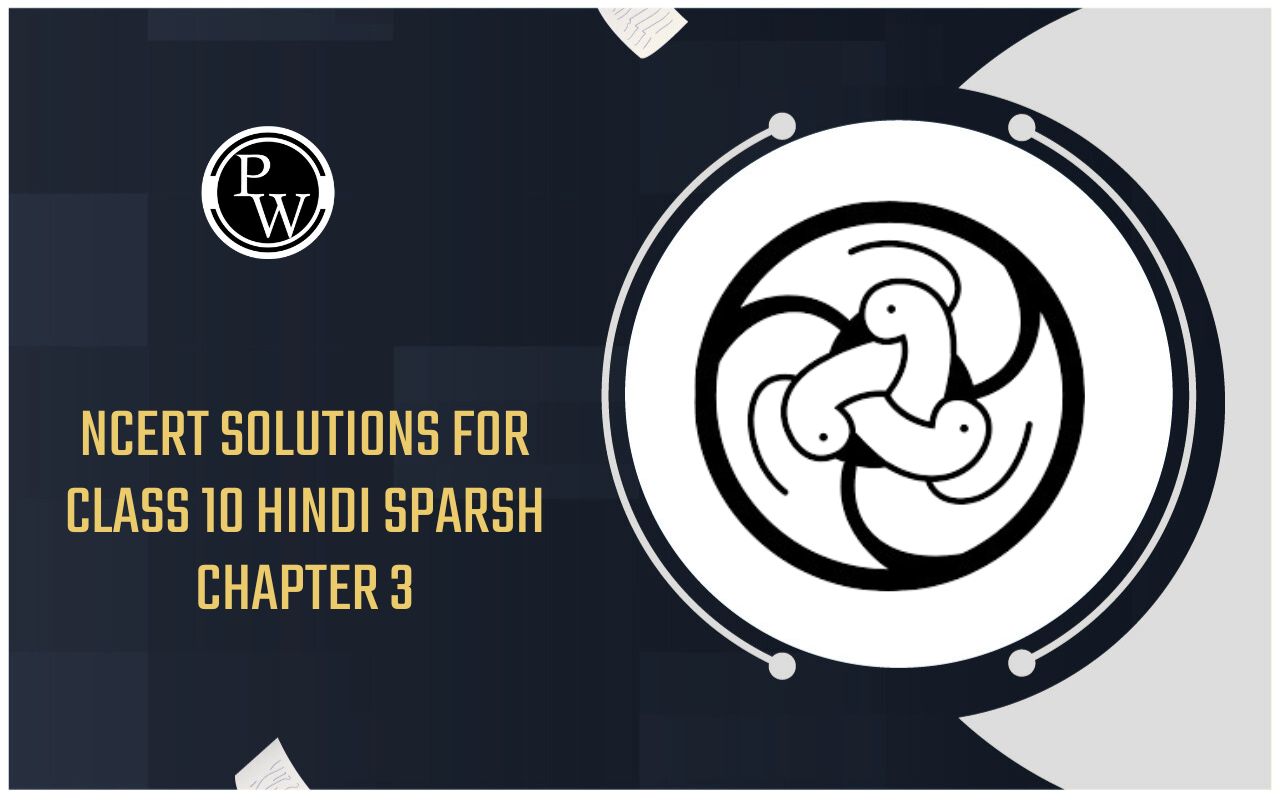
CBSE Important Questions for Class 10 Science Chapter 13 Overview
CBSE Important Questions for Class 10 Science Chapter 13 Magnetic Effects of Electric Current, as it introduces students to the fundamental relationship between electricity and magnetism. The chapter covers essential concepts like magnetic field lines, the effect of electric current on magnetic fields, Fleming’s Left-Hand Rule, and electromagnetic induction. These principles form the foundation for understanding the working of key devices like electric motors, generators, and transformers, which are integral to modern technology. The chapter also includes important experiments like Oersted’s experiment, which demonstrates how electric current generates a magnetic field. Given its significance in both board exams and real-world applications, mastering this chapter is vital for students. The important questions help in breaking down complex ideas, ensuring students are well-prepared for exam scenarios and future studies in physics.CBSE Important Questions for Class 10 Science Chapter 13 PDF
CBSE Important Questions for Class 10 Science Chapter 13 are available in a PDF format. By accessing the PDF students can easily navigate through the important questions and solutions allowing for focused study sessions. The PDF provides a structured approach to mastering this chapter and making it an invaluable resource for exam preparation. To access the PDF please refer to the link provided below.CBSE Important Questions for Class 10 Science Chapter 13 PDF
CBSE Important Questions for Class 10 Science Chapter 13 Magnetic Effects of Electric Current
Below is the CBSE Important Questions for Class 10 Science Chapter 13 Magnetic Effects of Electric Current - Question 1: Choose the wrong statement from the following regarding magnetic lines of the field (a) Magnetic field lines are closed curves. (b) The north pole of a magnetic compass is used to determine the direction of the magnetic field at a particular location. (c) If magnetic field lines are parallel and equidistant, they represent zero-field strength. (d) The degree of closeness of the field lines indicates the relative strength of the magnetic field. Answer 1: (c) Explanation: (c) is incorrect since a homogenous magnetic field is represented by parallel lines of magnetic field. Question 2: The phenomenon of electromagnetic induction is- the process of generating a magnetic field due to current passing through a coil.
- the process of charging a body.
- producing induced current in a coil due to relative motion between a magnet and the coil.
- the process of rotating a coil of an electric motor.
- generator
- galvanometer
- ammeter
- motor
- An AC generator will generate a higher voltage.
- An AC generator has an electromagnet, while a DC generator has a permanent magnet.
- A DC generator will generate a higher voltage.
- An AC generator has slip rings, while the DC generator has a commutator.
- varies continuously.
- Reduces substantially.
- Increases heavily.
- Does not change.
- The field consists of radial lines originating from the wire.
- The field consists of straight lines perpendicular to the wire.
- The field consists of straight lines parallel to the wire.
- The field consists of concentric circles centred on the wire.
- one revolution
- one-fourth revolution
- half revolution
- two revolutions
- Increases as we move towards its end.
- Decreases as we move towards its end.
- Is zero.
- Is the same at all points.
- downward
- towards east
- towards south
- upward
- The magnitude of a magnetic field.
- The direction of field lines.
Benefits of CBSE Important Questions for Class 10 Science Chapter 13
The benefits of CBSE Important Questions for Class 10 Science Chapter 13, "Magnetic Effects of Electric Current," include: Focused Revision : Helps students concentrate on key concepts like magnetic field lines, electromagnetic induction, and working of motors and generators. Exam Readiness : Prepares students for board exams by covering frequently asked and high-weightage questions. Conceptual Clarity : Enhances understanding of core principles like Fleming’s Left-Hand Rule and Oersted’s experiment, making complex topics easier to grasp. Problem-Solving Skills : Improves students' ability to solve numerical and diagram-based questions efficiently. Time Management : Offers practice in answering questions within time constraints, improving speed and accuracy.CBSE Important Questions for Class 10 Science Chapter 13 FAQs
What does the magnetic effect of current depend on?
We know that the magnetic field produced by a current-carrying wire at a given point depends directly on the current passing through it.
What is the rule for magnetic effects?
Assume that you are holding a straight current-carrying conductor in your right hand such that the thumb points towards the direction of the current. Then your fingers will wrap around the conductor in the direction of the magnetic field lines. The Right-Hand Thumb rule is also known as Maxwell's corkscrew rule.
Can magnets cause current?
Moving a magnet around a coil of wire, or moving a coil of wire around a magnet, pushes the electrons in the wire and creates an electrical current. Electricity generators essentially convert kinetic energy (the energy of motion) into electrical energy.
Why magnetic effect is produced by current?
As Ampere suggested, a magnetic field is produced whenever an electrical charge is in motion. The spinning and orbiting of the nucleus of an atom produces a magnetic field as does electrical current flowing through a wire. The direction of the spin and orbit determine the direction of the magnetic field.
Who discovered the magnetic effect of current?
Hans Christian Oersted
🔥 Trending Blogs
Talk to a counsellorHave doubts? Our support team will be happy to assist you!

Check out these Related Articles
Free Learning Resources
PW Books
Notes (Class 10-12)
PW Study Materials
Notes (Class 6-9)
Ncert Solutions
Govt Exams
Class 6th to 12th Online Courses
Govt Job Exams Courses
UPSC Coaching
Defence Exam Coaching
Gate Exam Coaching
Other Exams
Know about Physics Wallah
Physics Wallah is an Indian edtech platform that provides accessible & comprehensive learning experiences to students from Class 6th to postgraduate level. We also provide extensive NCERT solutions, sample paper, NEET, JEE Mains, BITSAT previous year papers & more such resources to students. Physics Wallah also caters to over 3.5 million registered students and over 78 lakh+ Youtube subscribers with 4.8 rating on its app.
We Stand Out because
We provide students with intensive courses with India’s qualified & experienced faculties & mentors. PW strives to make the learning experience comprehensive and accessible for students of all sections of society. We believe in empowering every single student who couldn't dream of a good career in engineering and medical field earlier.
Our Key Focus Areas
Physics Wallah's main focus is to make the learning experience as economical as possible for all students. With our affordable courses like Lakshya, Udaan and Arjuna and many others, we have been able to provide a platform for lakhs of aspirants. From providing Chemistry, Maths, Physics formula to giving e-books of eminent authors like RD Sharma, RS Aggarwal and Lakhmir Singh, PW focuses on every single student's need for preparation.
What Makes Us Different
Physics Wallah strives to develop a comprehensive pedagogical structure for students, where they get a state-of-the-art learning experience with study material and resources. Apart from catering students preparing for JEE Mains and NEET, PW also provides study material for each state board like Uttar Pradesh, Bihar, and others
Copyright © 2025 Physicswallah Limited All rights reserved.
Get App









